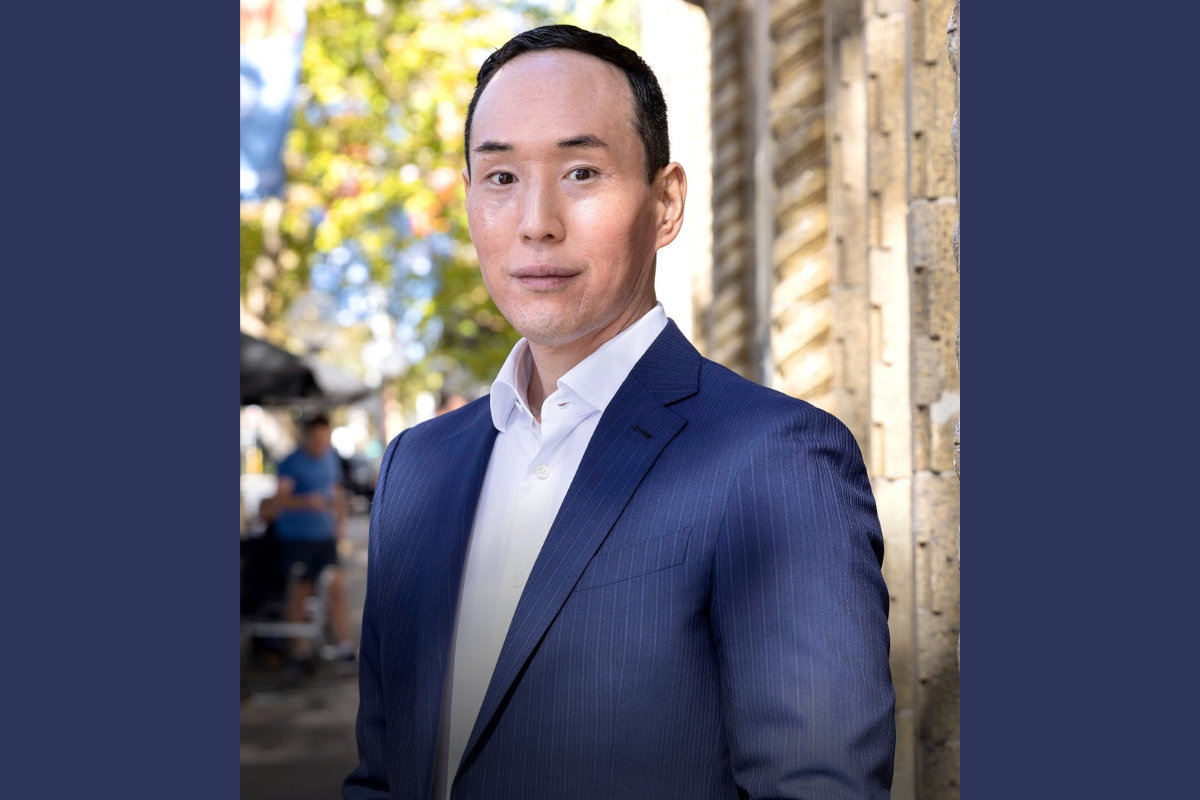Getting on Board: Lance Kawaguchi
As CEO of Cure Brain Cancer Foundation, Lance Kawaguchi is inundated with offers to join boards. Only a select few make the cut, and only then when he feels he can make a difference.
The perception of the corporate board as a slack beast procedural to the point of myopia has persisted for the same reason most stereotypes exist; there’s a hint of truth in it.

This was certainly Lance Kawaguchi’s take on the topic prior to his joining the Cure Brain Cancer Foundation.
"I’d been asked to join boards many times in the past 20 years, but I never really wanted to because I find them to be very bureaucratic and very slow," he tells The CEO Magazine.

I look at the board, I meet with them, I make sure they’re actually there for the right reasons, not just to bolster their CVs or look good at the country club.
When Kawaguchi made the leap from banking to heading up the Cure Brain Cancer Foundation as its CEO, he immediately went to work transforming the not-for-profit’s prospects. Since his appointment in December 2020, he has turned the foundation into Australia’s leading brain cancer not-for-profit.
Such success doesn’t go unnoticed. Over the past 12 months, Kawaguchi has been approached by more than 40 not-for-profits from around the world all hoping to harness his Midas touch. This bombardment is met with a considered assessment process.
"I look at the board, I meet with them, I make sure they’re actually there for the right reasons, not just to bolster their CVs or look good at the country club," he reveals. "If I’m joining a board, I have to feel I can actually make a material difference."
Making a difference
Of the dozens of boards that have requested Kawaguchi’s presence as chair, only five have made the cut. Aside from the Cure Brain Cancer Foundation, he is the Chair for the Kendall Nicole Eich Foundation, Kim’s Hope, Big Tree Memorial Fund and the Fierce Foundation, all dedicated to confronting cancer head-on through research and support of their local communities.
That’s not all they have in common, however. "I try to make sure to select boards that are collaborative, that have a woman either as the CEO or the chair, and that I feel will execute things quickly," he says.
And speed is critical to success. Kawaguchi believes charities can be overly bureaucratic, which slows down the very process they exist to perform.
"It doesn’t reflect the communities they’re serving," he explains. "We’re serving the brain cancer community; survival rates haven’t increased in 30 years because the funding isn’t there, the awareness isn’t there, but also because things are so slow to move."
The younger generation is much more knowledgeable, much more tied into responsibility and social impact. It’s about something bigger than just money.
Another aspect Kawaguchi looks for in a board is whether it will take on advice from newcomers. When Todd Veenhuis established Kim’s Hope, the board was initially populated with those who had been close to his late wife.
Kawaguchi’s appointment broadened that horizon and signaled that the not-for-profit was serious about making a difference and taking on an outsider’s viewpoint. "I’m not saying I’m right, but I do think discussions are healthy."
Kawaguchi believes that doors closed to discussion are doors closed to opportunity.
"I have to really believe in what the organization’s doing, but I also have to believe they want to make a difference and onboard feedback," he says. "If you’re doing it for the right reasons and you want to move quickly for the community, I’m all in."
A change to this staid approach has come in the form of a generational shift, he reflects.
"The younger generation is much more knowledgeable, much more tied into responsibility and social impact. It’s about something bigger than just money," he points out.
"They’re used to people focusing on why something can’t be done, whereas I’m focused on how we can get something done. I’m passionate about making a difference, and you can’t fake passion."
Empowering the CEO
That’s a key role Kawaguchi is happy to take on for any of the boards he’s on.
"There’s a difference between the operational side of an organization and the board," he says. "When I’m on the board, I’m there to empower and support the CEO and the management team. Not to micromanage, not to ask operational questions, but to give advice and support."
Sometimes, he admits, the role of CEO in a not-for-profit can be tough.
"It’s easy to feel down, so for me it’s about helping them focus on a solution. I’m just trying to be accretive and help them," he confirms.
The CEO is, after all, the product of a board.
"The board is responsible for hiring the CEO, so it must also be responsible for supporting that CEO," Kawaguchi insists. "On the other hand, if an organization has many CEOs in a short time span, that’s not a good reflection on the board."
Most importantly, if your community supports you, that’s all that matters. So bring a different view, but always be supportive.
An effective board knows when it’s time to take a step back, he says.
"Oftentimes I see people on boards second-guessing the operational team or saying they could do things better," he recalls. "But if a team is succeeding and there’s positive momentum, the board only has to sustain and support the team.
"You don’t need to fix things that are going in the right direction."
The flip side of that approach is that when things are going wrong, ineffective boards will take a step back.
"If you do an internet search on an organization and it’s all negative, you probably need to act," Kawaguchi concedes. "Most importantly, if your community supports you, that’s all that matters. So bring a different view, but always be supportive."
Diversity is an important criteria any board should meet, Kawaguchi adds, simply because the community that organization purports to represent is similarly diverse.
"And not just ethnic diversity or gender diversity, but diversity of mindset," he says. "I’m always trying to challenge boards to get a different point of view. You want your board to be different, especially nowadays."
Positive momentum
Despite this, Kawaguchi has been careful to make sure the boards he joins are strategically aligned.
"They’re directionally going the right way. The people I’m working with, the CEOs I’m chair of, I’m very proud of what they’ve done in a very short time. But I’m most excited about what’s coming up."
The latest board to benefit from Kawaguchi’s force-of-nature approach to his work is the Kendall Nicole Eich Foundation, created by Cindy Eich in memory of her daughter.
The foundation approached Kawaguchi due to his "writing a new chapter in the history of brain cancer", once considered the ‘forgotten cancer’.
For me, every board that I’m on right now, I feel as though they’re going in the right direction. This is a team game and, like sports, it’s difficult to stop positive momentum.
"These boards can see that I’m able to get results quickly in a very difficult market, and the easiest way to get success is to replicate it," he says. "Once I’m on board, I have a responsibility. I’ve made the commitment and I’m going to honor it."
And it’s only by being a part of a diverse, open and action-prone board that Kawaguchi feels he can perform to the best of his ability.
"My proudest achievements are whenever I can make decisions about what’s best for the community, and also supporting the CEO," he confirms.
"For me, every board that I’m on right now, I feel as though they’re going in the right direction. This is a team game and, like sports, it’s difficult to stop positive momentum."